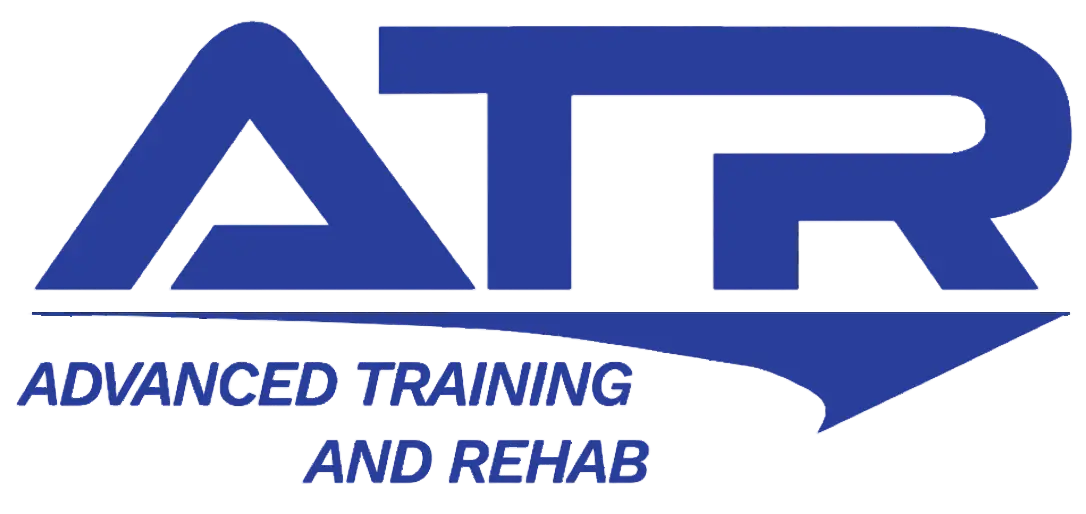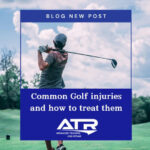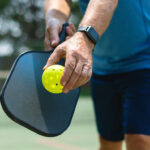With June being national Scoliosis Awareness Month, this is as good of a time as ever to learn more about Scoliosis and the way it can be treated.
What is Scoliosis?
Socliosis is an abnormal lateral curvature of the spine. It is most often diagnosed in childhood or early adolescence. Normally, curves within the spine occur within the “sagittal plane” and occur at the cervical, thoracic, and lumbar regions within the spine. These curves exist in order to maintain the natural shock absorption of the spine allowing for proper force distribution with movement. Scoliosis is often defined as spinal curvature in the “coronal” (frontal) plane. While the degree of curvature is measured on the coronal plane, scoliosis is actually a more complex, three-dimensional problem which involves the following planes: coronal, sagittal, and frontal planes. The coronal plane is a vertical plane from head to foot and parallel to the shoulders, dividing the body into anterior (front) and posterior (back) sections. The sagittal plane divides the body into right and left halves. The axial plane is parallel to the plane of the ground and at right angles to the coronal and sagittal planes.
Scoliosis affects 6 to 9 million people in the United States with it primarily occurring around the ages of 10-15 in both genders. It can occur in infancy and adulthood but adolescents are the most commonly affected group. However, females are more likely to have a curve that requires specific treatment.
Signs, Symptoms, and Diagnosis
Signs of scoliosis include presence of uneven shoulders, shoulder blades sticking out, a head that is not centered above the pelvis, an uneven waist, rib cages at different heights, and a body lean to one side. Symptoms can include back pain as well as changes in breathing function due to changes in rib movement. Diagnosis of scoliosis is usually confirmed through a physical examination, an x-ray, spinal radiograph, CT scan or MRI. The curve is measured by the Cobb Method and is diagnosed in terms of severity by the number of degrees. In general, a curve is considered significant if it is greater than 25 to 30 degrees. Curves exceeding 45 to 50 degrees are considered severe and often require more aggressive treatment. The Adam’s Forward Bend Test is commonly used by pediatricians as well as school nurses to screen children at an early age for scoliosis. During this test, the patient leans forward with his or her feet together and bends 90 degrees at the waist. From this angle, any asymmetry of the trunk or any abnormal spinal curvatures can easily be detected by the examiner.
Treatment
Several Factors must be weighed when considering the appropriate treatment method for scoliosis patients. These factors include spinal maturity, degree of curvature, location of the curve, and possible curve progression. Treatments include observation, bracing and physical therapy, and surgery. Observation is utilized for children with a mild curve who have yet to reach skeletal maturity. Physicians may recommend a follow up in 4 months to determine if the curve has progressed at all. Bracing and Physical Therapy are utilized for non-skeletally mature patients with a curve between 25-40 degrees. Large studies indicate that braces, when used with full compliance, successfully stop curve progression in about 80 percent of children with scoliosis. For optimal effectiveness, the brace should be checked regularly to assure a proper fit and may need to be worn 16 to 23 hours every day until growth stops. Physical Therapy focuses on core strength and hip strength to ensure minimal strength imbalances occur. Surgery in children is used to stop the curve from progressing during adulthood and to diminish spinal deformity. Most experts would recommend surgery only when the spinal curve is greater than 40 degrees and there are signs of progression. The benefits of surgery should always be weighed carefully against its risks. Although a large percentage of scoliosis patients benefit from surgery, there is no guarantee that surgery will stop curve progression and symptoms in every individual.
At ATR, our clinicians have treated Scoliosis many times. If you are interested in the treatment or know someone who needs treatment, reach out to one of our 22 clinics around the St. Louis Area.
ATR: St Louis’s Homegrown PT Company
Author: John Cichon, PT DPT at ATR Kirkwood.
To schedule an appointment with one of our specialists call a location near you today!




